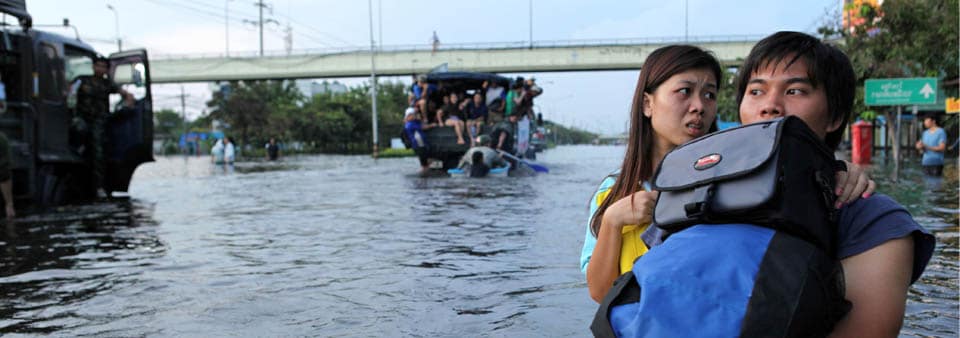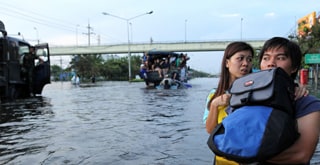Natural disasters of varying types occur all over the world, leaving in their wake broken links in a network of intertwined global supply chains. One such natural disaster, the floods in southern Thailand in 2011, caused major factories to close, costing billions of dollars in damage and putting over 600,000 people temporarily out of work. The impact on the global supply chain was cataclysmic. Thailand is the second largest producer of hard disk drives, which is a critical component in computers. When its factories were forced to close, it caused a massive interruption in computer manufacturers’ supply chains for months.
Also in 2011, the Tohoku earthquake and tsunami cost Japan an estimated $210 billion. While the effects of the quake were felt as far away as Norway, the impact on global supply chains was even more widespread. As a major manufacturer of electronics, automobiles, and various automobile components, coupled with ‘just-in-time’ inventory practices, the earthquake caused ripples throughout the auto industry for months.







